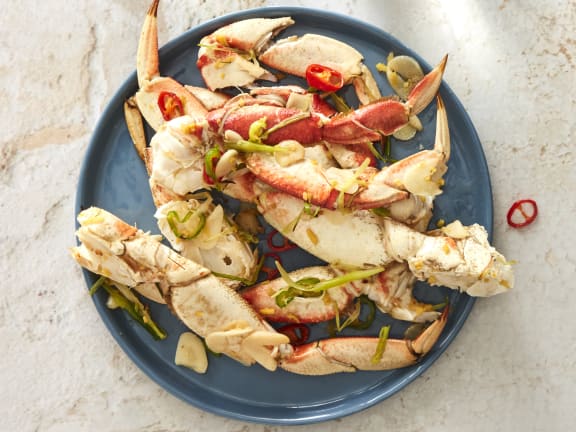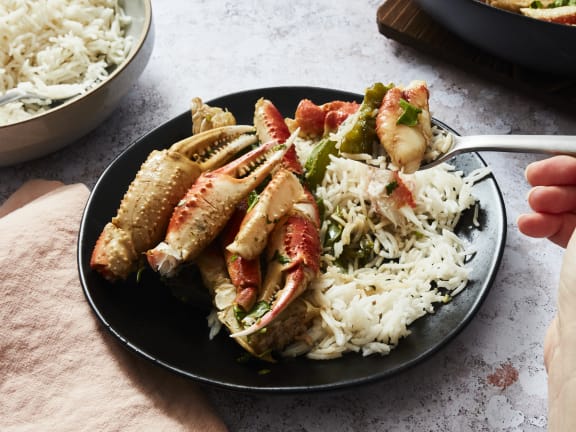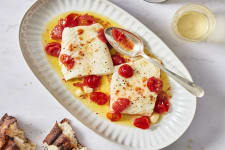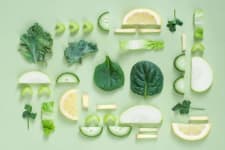Different types of Alaskan crab have distinct flavors and textures that you can enjoy in a range of snacks and meals. Knowing the differences between each can help you decide which one is best for the recipe you have in mind.
The main crab varieties in Alaska are king crab, snow crab, and Dungeness crab. There are many related species of king and snow crab, but red king crab and opilio snow crab are the most common types.
Here’s everything you need to know about each of these popular species:
Red King Crab
Red king crab, or Paralithodes camtschaticus, is the one you will most likely picture when you think about the wide varieties of crustaceans in Alaska. They are the most abundant and sought-after crab in Alaska — a true luxury when you want to treat yourself or your guests to an incredible feast.
They are named for the royal combination of their size, their decadent, buttery flavor, and meaty texture. Behind sockeye salmon, they’re one of the most valuable catches for Alaskan fishers.

Taste
King crab meat has a richer flavor and denser texture than other Alaskan crabs.
-
Sweet and buttery, and reminiscent of lobster
-
Rich taste means it’s a great crab for dipping
-
Meaty enough to use in recipes like king crab fried rice
Appearance
King crab has a large leg span with thick, spiny legs. It’s much larger than Dungeness in terms of size, and has more meat than other Alaskan crabs species.
-
Wide body with bright red hue
-
Spiky exterior
-
Long legs can give them a 5-foot-wide leg span
Harvest
Red king crab season is limited to October through January. Fishers can only harvest male crabs. These harvest restrictions align with the Alaskan fishing industry’s sustainable yield principles that ensure bountiful harvests for generations to come.
Dungeness Crab
The Pacific-dweller Dungeness crab (or “Dungies” as locals call them) is a beloved type of crab because of its salty-sweet flavor and meaty texture. They’re scavengers and predators, feeding on smaller species like worms and other crustaceans, and are a vital part of the diets of larger animals like otters and octopuses.
Their name derives from Dungeness Bay, a protected body of water in Washington State where the crabs can be found in abundance. You can find them, though, from the Baja peninsula of Mexico up to the shores of Alaska. They’re a highly-prized type of crustacean along the Pacific coast.

Taste
Dungeness crab has a brinier flavor than king and snow crab. Its meat is firmer than snow crab but more delicate than king crab.
-
Sweet and briny
-
Large lumps of crab meat
-
Great for crab cakes and an excellent choice of crab for risotto
Appearance
Dungeness crab has shorter legs and a smaller profile than king and snow crab. Its claws and legs are thicker and chunkier than snow crab claws and overall contain more meat. King crab legs are much larger, with a spiny exterior protecting a larger volume of meat.
-
Bodies up to 7-inches in width, smaller than other crabs in Alaska
-
Smooth shells that can sometimes appear hairy
-
Chunky, thick claws and big shoulders
Harvest
Depending on the location of the fishery, Dungeness harvest season is open from May through December. Fishers can only harvest male crabs of a certain size to ensure that populations remain robust from year to year.
Snow Crab (Opilio Crab)
Snow crabs or Chionoecetes opilio (Opilio crabs for short) are named after their distinct snow-white, buttery meat inside their legs. They’re more widely available than bairdi snow crabs, another popular variety.
Opilios have a large legs span but are the lightest crab with the least amount of meat, weighing in on average at 1-4 lbs. They’re scavengers that can be found in seafloor habitats from the North Pacific to the Northwest Atlantic. There, they feed on practically anything they can get their claws on — fish, shellfish, sponges, snails, and algae.

Taste
Snow crab has a milder flavor than other Alaskan crabs. It’s not as buttery as king, but sweeter than Dungeness. The texture of its meat is light and shreddable.
-
Sweet and mild taste
-
Shreddable texture
-
Good for integrating into dishes like or a Mexican-inspired esquites
Appearance
Snow crabs have small claws and long, thin legs, with a much larger leg span than Dungeness.
-
Bumpy shell with long, thin legs
-
Rounded claws with needle-like pincers
-
Can grow to have a 4-foot-wide leg span
Harvest
Currently, snow crab fisheries in Alaska are closed in response to low population numbers. These fisheries will remain closed by the state until their population numbers return to sustainable levels. Normally, fisheries are open from October through May.
Snow Crab vs King Crab
While these two species of crustaceans look the most similar, they are different in taste and texture. Snow crab meat is mild, sweet, and shreddable. King crab is denser, with a buttery flavor. Both species have long legs, but king crab legs are thicker and spinier.
Dungeness Crab vs Snow Crab
These two species are great options to serve for everyday meals, though they are suited for different preparations. Dungeness produces tender, large lumps of meat that are sweet and briny, perfect for making crab cakes or for dipping. Snow crab meat is sweet, light, and shreddable, ideal for mixing into crab salads or integrating into other dishes.
King Crab vs Dungeness Crab
These two species are perfect for dipping. King crab legs hold a large amount of buttery crab meat that is denser and firmer than Dungeness. Dungeness crab meat is a bit more delicate and has a brinier flavor.
How to Cook Crab Legs
Wild Alaskan Company makes cooking crab legs easy for you because they are pre-cooked before they’re flash-frozen. This way, all you have to do is thaw and heat them. Alternatively, varieties like snow crab or Dungeness crab can be steamed from frozen.





